Making a compost bin is easy using an inexpensive trash can and a drill. Let’s get started making your compost bin today!
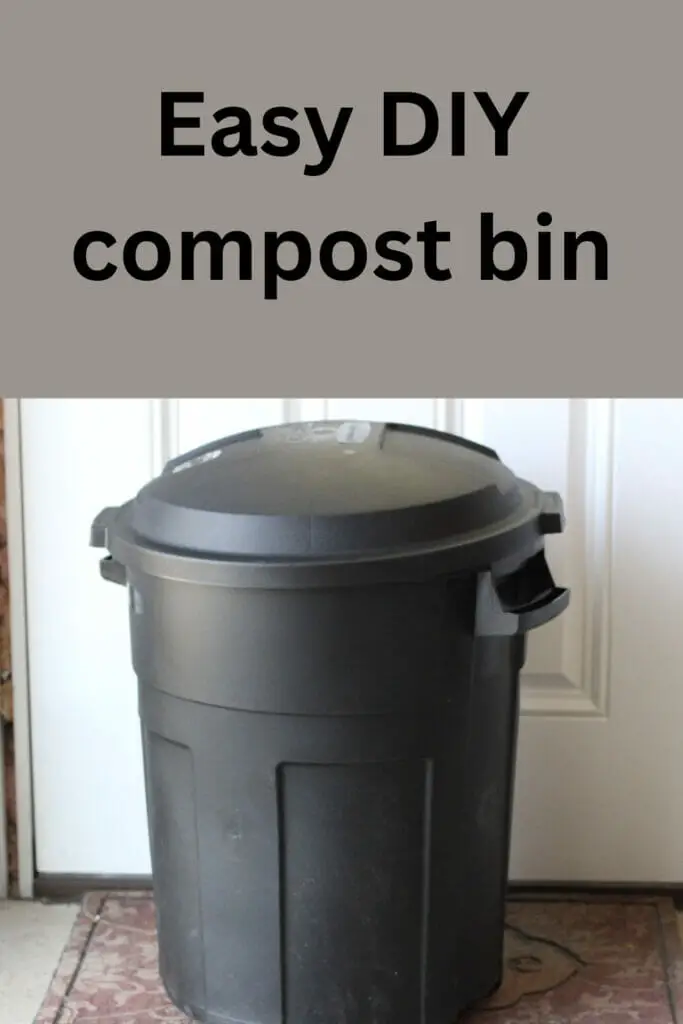
This post may contain affiliate links. Please read my disclosure policy.
The difference between compost bins and compost piles
For several years, I have been composting yard waste by piling it up in a corner of my yard. While that works very well, it also takes more time for the materials to break down. Plus, quite frankly, its a bit of an eye sore. On the other hand, I have also tried using one of those compost bins that are contained and on a frame that allows you to “spin” the material. This has never worked for me. Here are some comparisons between compost bins and compost piles.
The structure of composting
Compost bins are enclosed containers specifically designed for composting. They can be made of various materials such as plastic, wood, or metal and come in different shapes and sizes. On the other hand, open compost piles are created by simply piling organic materials directly on the ground or in a designated composting area. In this post, I’m going to show you how to make a simple compost bin.
Why use a compost bin?
Compost bins provide better control over the composting process. They offer features such as lids, vents, and access points, which allow for easier monitoring and management of the compost. These features help regulate temperature, moisture levels, and airflow, which can accelerate the composting process and minimize odor and pest issues. Open compost piles, while simpler, provide less control over these factors and may require more frequent turning or management to ensure proper decomposition.
Keep your yard looking tidy
Compost bins are often considered more visually appealing than open compost piles. They are contained structures that can be placed in a backyard or garden without detracting from the overall appearance. Compost bins can be designed to blend in with the surroundings or even have decorative features. Open compost piles, on the other hand, are exposed heaps of organic materials, which some people may find less visually appealing.
Compost bins are great for small gardeners
Compost bins are better for smaller-scale composting, making them ideal for households with limited space or those seeking a more compact solution. They can be conveniently placed in gardens and are much easier to handle. Open compost piles are best for larger spaces or when dealing with a larger volume of organic waste, such as in agricultural or community composting.
Getting to the gold quicker
Compost bins generally provide a more controlled environment, which can result in faster decomposition. The enclosed nature of the bins helps to retain heat, moisture, and microbial activity, promoting quicker breakdown of organic materials. Open compost piles, while still effective, may take longer to fully decompose due to the less regulated conditions and potential exposure to the elements.
Materials needed to make a DIY compost bin
- Drill with a 2 1/8″ hole saw attachment
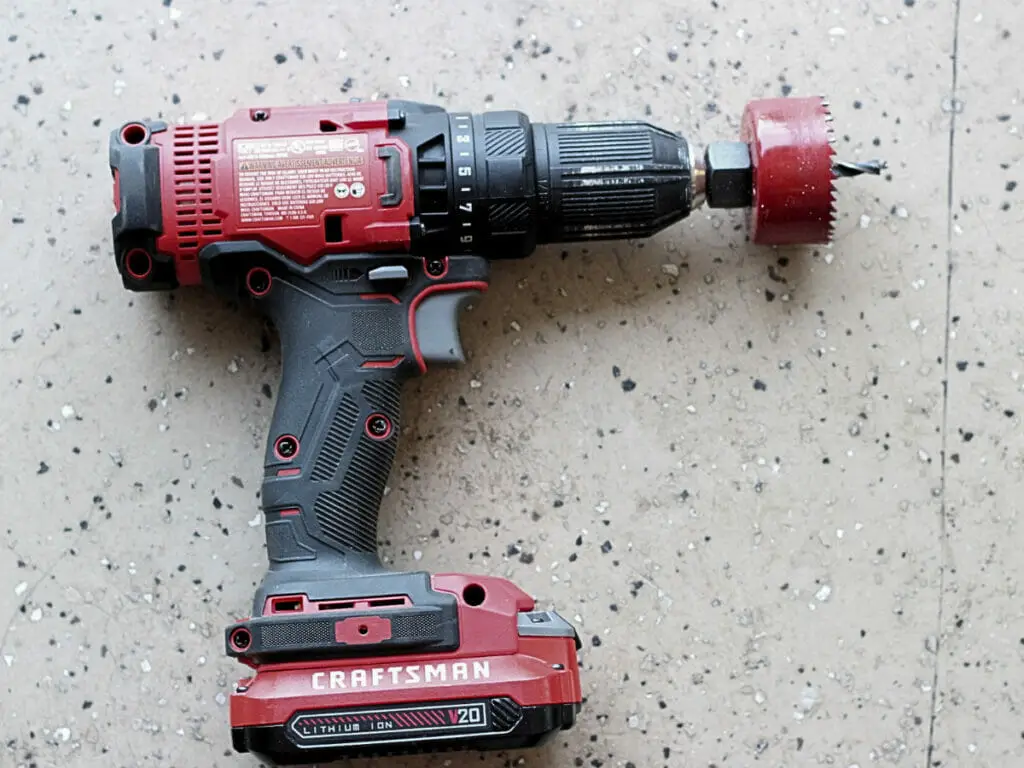
- Plastic garbage can without wheels – Whatever you can find locally like this one I found at my local True Value Hardware
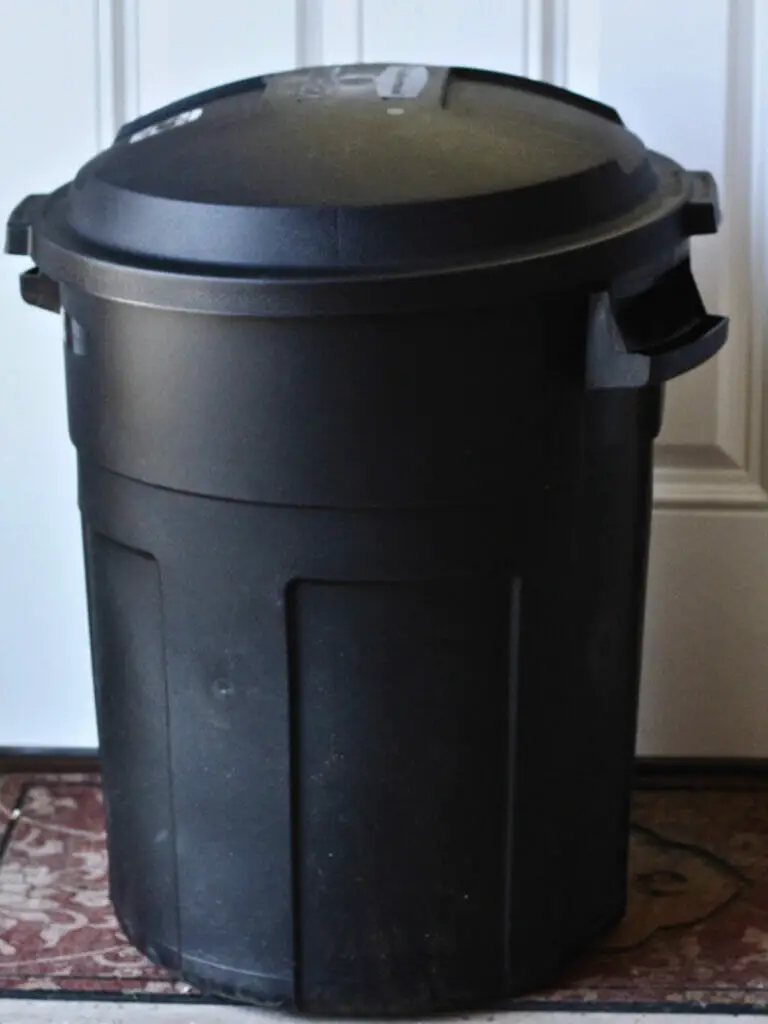
How to make a DIY compost bin
- Invert your can and drill holes in the bottom the can using the 2 1/8″ hole saw attachment. I placed five holes in the bottom of mine.
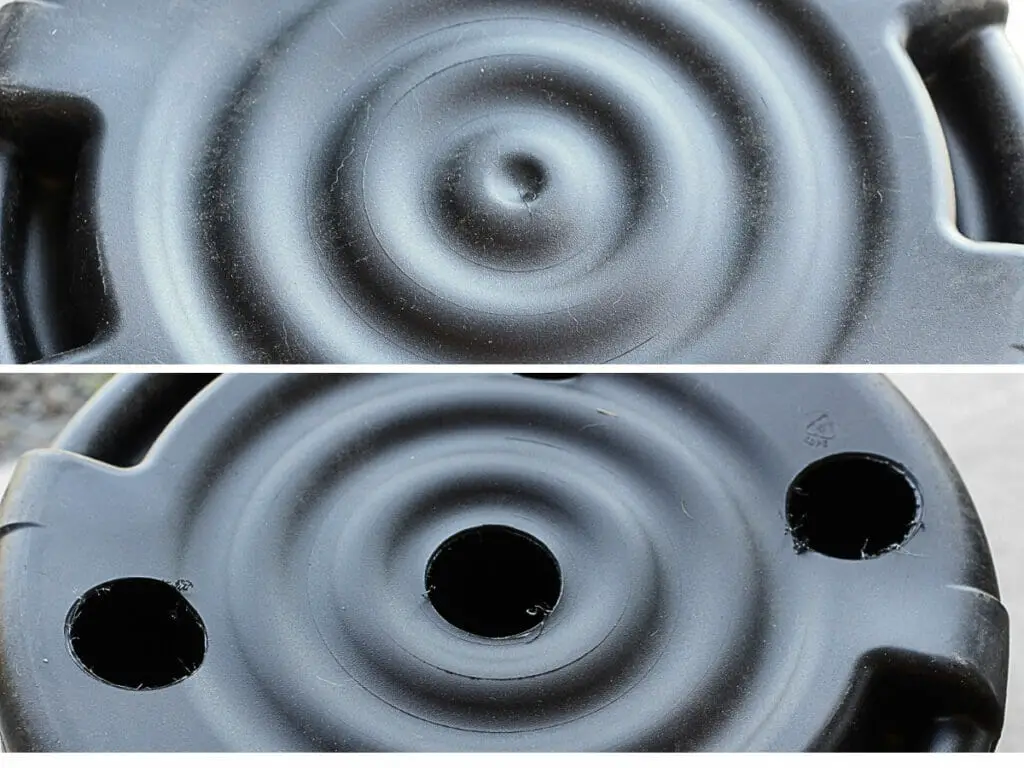
- Set your can where you want to keep your composting material making sure it sits on soil ground. You want beneficial bugs and worms to be able to enter the bin from the ground and start feeding on the materials inside.
- Fill the can with yard waste such as grass clippings and leaves. Also add household scraps such as coffee grounds, vegetable peelings, and egg shells for a richer compost. Please note that egg shells do take longer to breakdown no matter how you compost them.
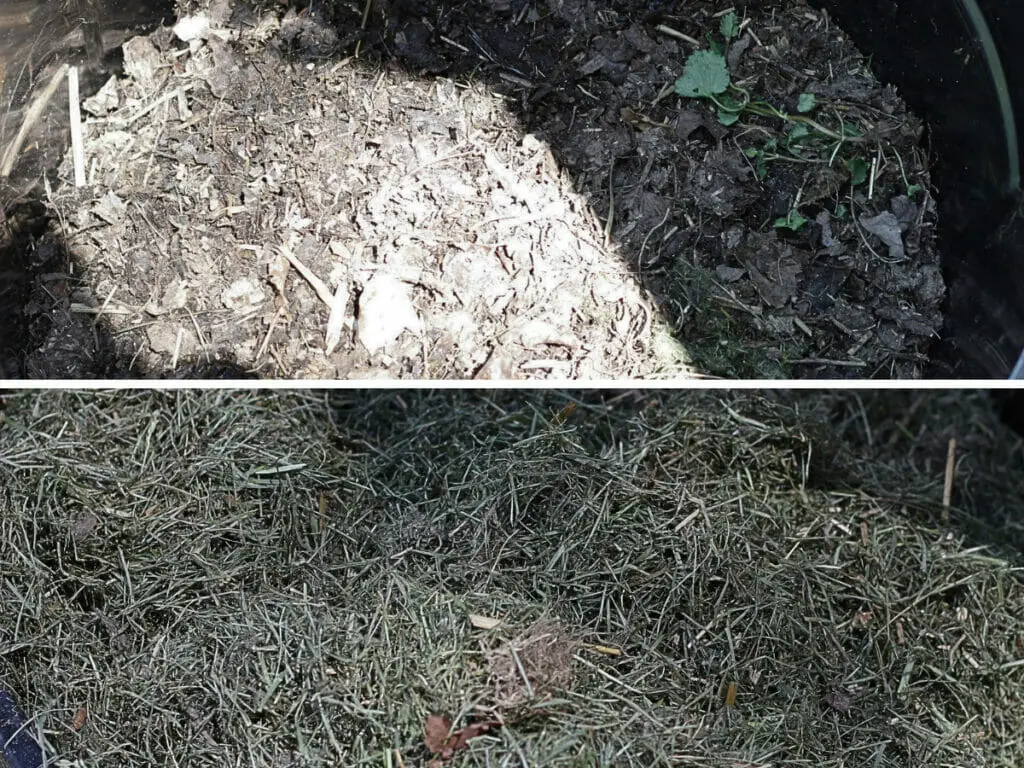
- Moisten the materials with water. Check periodically and add water if the contents seem dry.
- Add the lid to the can and let it begin to do its magic.
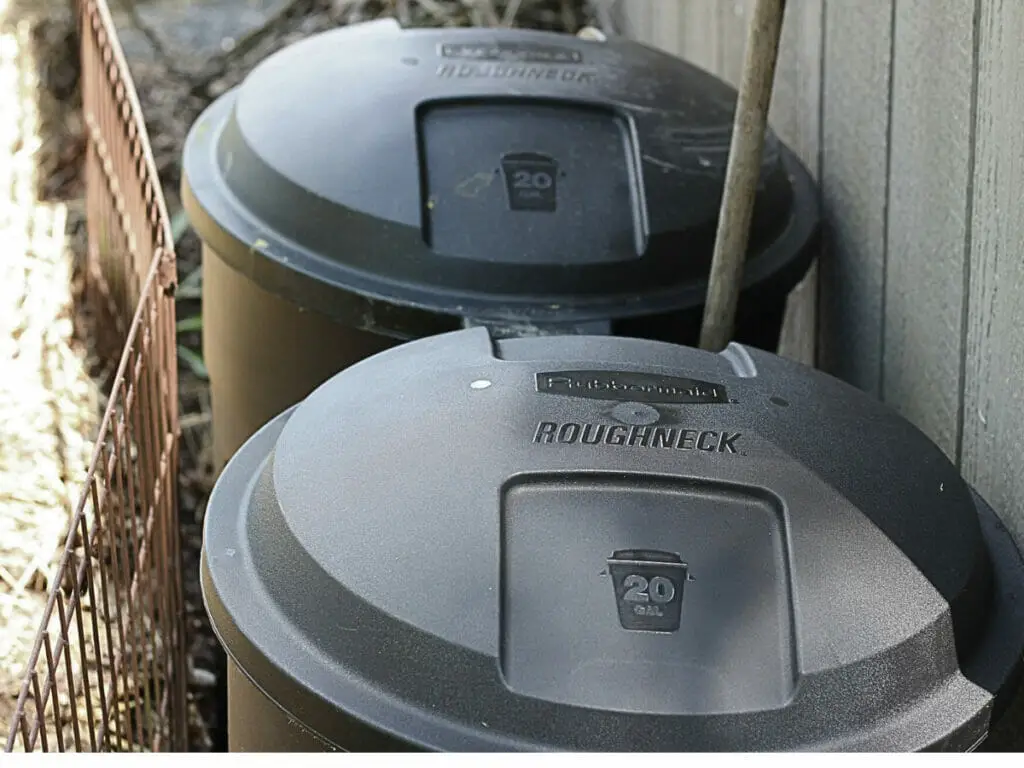
When will my compost be ready?
No matter how you compost, getting the breakdown into rich soil takes time. Depending upon the contents, moisture, and insect load, you should have beautiful rich compost within 6 to 12 months.



Leave a Reply